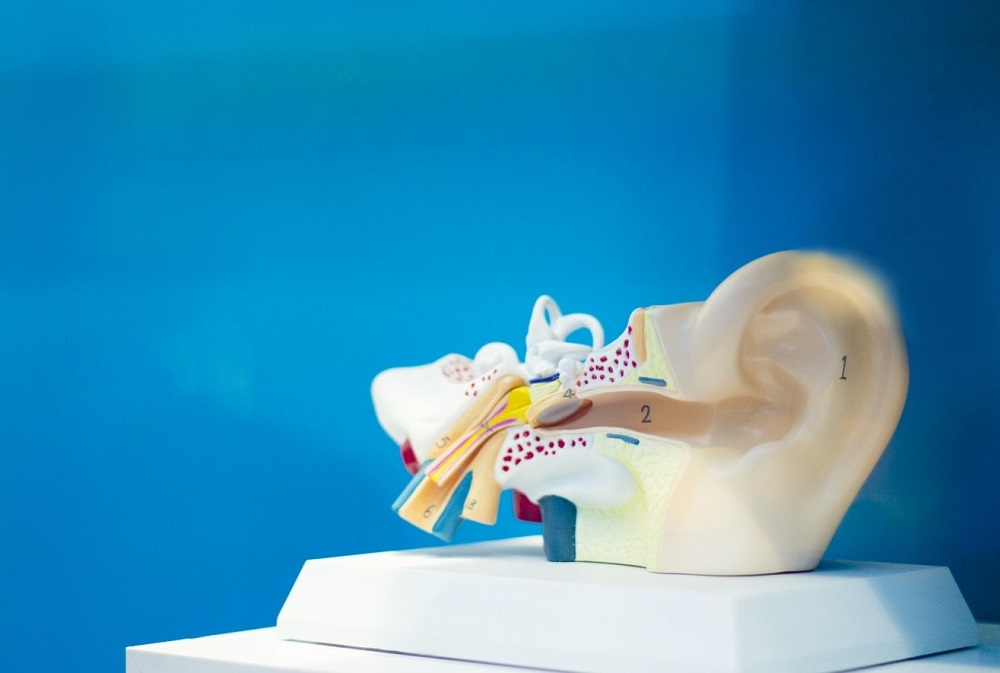When it comes to hearing, we all have a fairly good understanding of our ears, and how they hear sounds. However, there is a lot to understand about the anatomy of the ear. The ears are something we are all very familiar with, but few people understand the different aspects of the ear in detail.
You may have heard the phrase “ear drum” before, but may not know exactly what it is, or what it looks like. Considering that it is internal, and can only be seen using an otoscope, this is understandable.
In this article, we will be chatting you through what an eardrum looks like, and its purpose. We will also be talking about the anatomy of the ear in general, to provide you with a better understanding of how it works.

What Does An Eardrum Look Like?
Because the eardrum resides in the middle of the ear, it cannot be seen unless the correct otoscopy tools are used, and there is no ear wax present. This leaves many people questioning what the eardrum really looks like.
As its name suggests, the eardrum does resemble a drum in some ways. This is due to how the skin is stretched tightly across the inner ear. Ear drums are interestingly gray in their color, and they are not completely opaque.
If an eardrum is healthy, a cone of light is visible through the eardrum skin when the light from the otoscope is used. In addition to this, the skin is around 1 cm in thickness, which may be thicker than you would first assume.
While the eardrum does stretch across the ear, it isn’t straight and does have a slightly backward concave, which is interesting. In some ways, an eardrum does resemble thin, light colored plastic, and its surface area is around the size of a small coin.
Did you know that when a baby is born their eardrum is the same size as an adult ear drum? This is something that is quite shocking to hear, given how much growing a newborn baby goes through. However, when it comes to the ear anatomy, the eardrum never changes in size.
There are four aspects that an Otorhinolaryngologist will look for when inspecting an eardrum — the malleus, incus, ear drum itself, and the light reflex.
What Is An Eardrum?
The eardrum is a flap of skin that resides inside the ear drum. Its purpose is to help us hear sounds. The eardrum works using vibrations. When sounds enter your ear, this causes the eardrum to vibrate in reaction to this. When the eardrum begins to vibrate, the small bones within the ear canal begin to move. These are located in the inner ear.
When these bones move, the vibrations caused by this are sent through the ear canal and through to the inner ear. It is the inner ear which is then responsible for sending the signals to the brain to make it aware of the sounds that have been heard.
The scientific and medical term used to describe the eardrum is the tympanic membrane. The eardrum plays such an important part within the anatomy of the ear. Not only does it help with the vibrations and signalling, but it also protects the inner ear too.
It is what separates the ear canal from the inner ear, and helps to prevent bacteria or foreign objects from damaging the inner ear. It is an important part of hearing, which is why many issues can be caused if it becomes damaged or ruptured.
What Happens if your Eardrum Becomes Damaged?
When you take into consideration the importance of the eardrum to hearing, it needs to be protected as much as possible. This is why it resides in the middle part of the ear. However, even though it is protected in general, it is still prone to becoming ruptured or damaged.
There are many causes for this to happen, but some of the most common reasons include injury. These injuries can be linked directly to the ear and the ear drum, or the head. Using a cotton swab too deep into the ear can cause it to rupture, and other head injuries can cause damage too.
In addition to this, loud noises can be a cause of damage too. When you take into consideration that the eardrum uses the vibrations to create sound, if these are too severe it can cause serious damage to the eardrum. Inner ear infections can also potentially cause this if they are left untreated, or are particularly painful.
Finally, air pressure can cause damage to the ear. If you have ever been on a plane, or have trekked to somewhere with a high altitude, you will know how your ears can be affected by this. While it is normal to have a popping sensation as they get used to the change in pressure, if the change is too severe this can cause ruptures or injury.
When injury to the eardrum occurs, naturally, this does have an impact on hearing. You may notice that you cannot hear as clearly, or that sounds seem muffled. This is typically accompanied by severe pain, and issues such as sickness and dizziness too.
In the vast majority of cases, a ruptured eardrum is curable and there are treatments available. However, it is still very painful and as a result care should always be taken when it comes to your ears
Summary
We hope you have found this article informative and useful. As you can see, in some ways, an eardrum does resemble a drum, with the layer of gray skin. It is an important part of the anatomy of the ear, and it helps to protect the inner ear.
In addition to this, it allows you to hear clearly. When it is injured, this causes pain and affects hearing. This is why it is so important to take care of your ears to prevent injury or damage from occurring.
